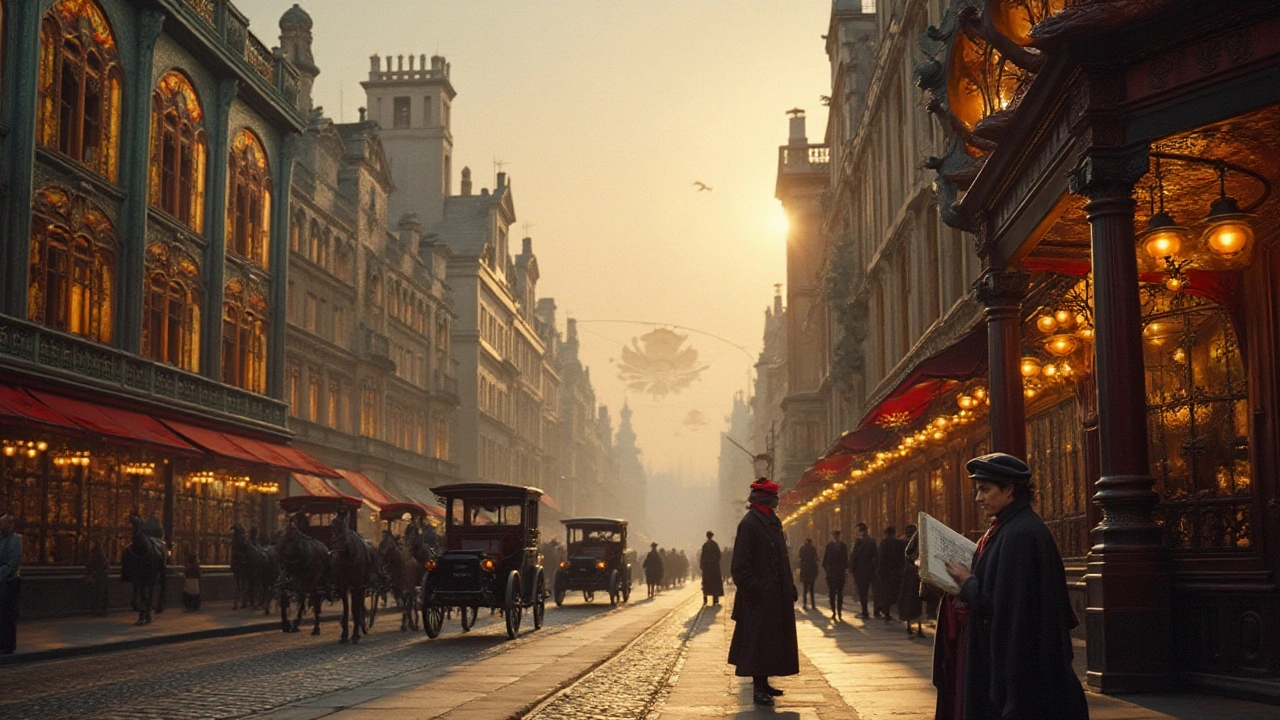History of Art: How to Read Movements, Artists, and Works
Want to understand why one painting feels dramatic while another feels calm? History of art helps you see the choices behind that feeling—style, context, and the artist’s intent. This tag gathers short, practical reads that explain movements, spotlight key creators, and give you ways to study without getting lost in jargon.
Start by picking one movement and one article. For a clear intro to modern design, read "Bauhaus Modernism: How Bauhaus Design Changed Art, Architecture, and Everyday Life" or "Bauhaus: Redefining Art and Design for the Modern World." If you prefer drama and emotion, try "Baroque Art: A Closer Look at Genius and Drama" or "Baroque Era: How It Shapes Modern Culture Today." Each post breaks big ideas into short, usable pieces.
Quick steps to study art history
1) Timeline first: place a movement on a simple timeline. Knowing whether Cubism came before or after Baroque changes how you read both. 2) Spot three features: color, composition, and subject. Note what repeats. 3) Compare two works side by side—ask what changed and why. 4) Read one focused article—like "Cubism: The Art Movement That Shook Up Art"—then look at images while you read.
Use the site's focused pieces to build skills. Want social context? Read "Harlem Renaissance: Birth of a New Black Identity" or "10 Influential Figures Who Defined the Harlem Renaissance Era." Curious about how art affects cities? Try "Land Art’s Impact on Modern Urban Design" or "Futurism’s Impact on Smart Cities." Each short article connects style to real life so you remember it.
Ways to see and remember art
Visit a museum with a one-topic plan: pick a movement or one artist and spend 20–30 minutes on that theme. Take photos (where allowed) and write three quick notes about what stood out. At home, sketch a composition or copy a small detail—hands-on work sticks better than notes alone.
Want specific reading order? Start with broad overviews (Baroque, Gothic, Renaissance), move to 19th–20th century shifts (Expressionism, Cubism, Constructivism), then modern and contemporary topics (Fluxus, Installation Art, Photorealism). Use articles like "Constructivism Art’s Influence on Modern Culture and Expression," "Fluxus: The Art Movement that Changed How We See Creativity," and "Photorealism Art: Techniques, Secrets & History for Stunning Realism."
If you learn better by doing, pick a small project: recreate one work’s palette, write a short comparison of two movements, or map influences across three artists. History of art becomes useful when you connect what you see to why it was made. Use the tag page to jump between clear, short reads and build a practical, visual toolbox fast.

